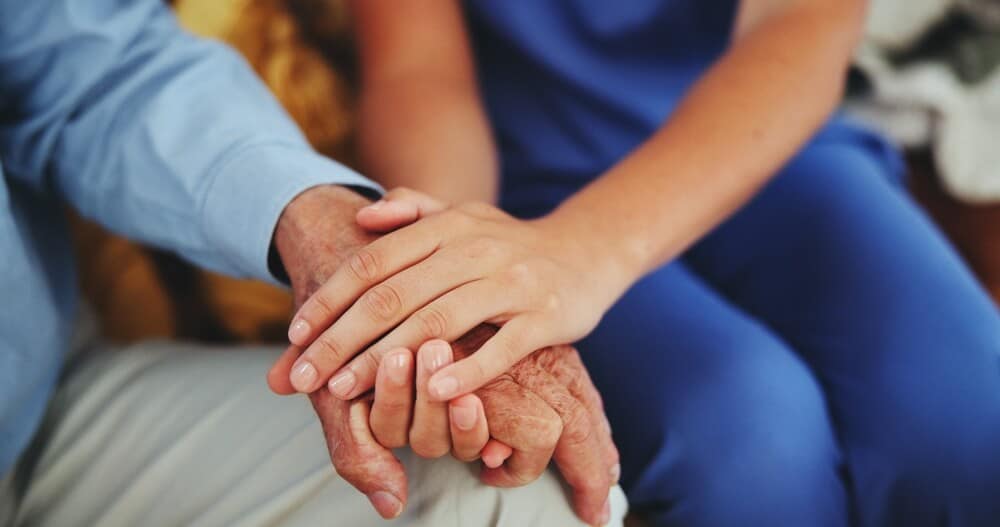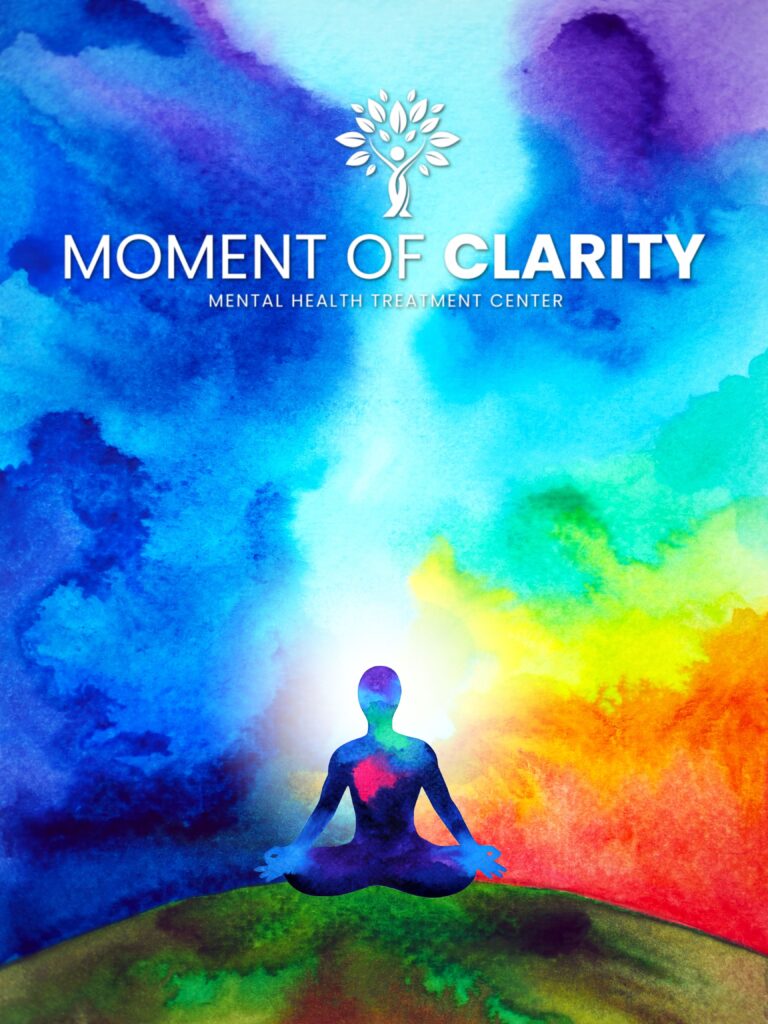Post-Traumatic Stress Disorder (PTSD) is a trauma-based mental condition that can emerge after a person experiences a distressing event. While its symptoms can be overwhelming, effective therapeutic interventions can allow those suffering to regain control over their lives. One such intervention is group therapy, a form of treatment that fosters a supportive environment where individuals with similar experiences can share and process their trauma together.
In group therapy for PTSD, participants engage in structured discussions and therapeutic exercises designed to reduce the isolation often felt by those suffering from trauma while also providing opportunities for healing through mutual support and professional guidance.
Treatment centers like Moment of Clarity in Santa Ana, California, offer specialized PTSD group therapy programs. These programs combine expert care with a compassionate, community-driven approach to healing. So, don’t hesitate to reach out. Our team is happy to review how PTSD group therapy works, its benefits, and the key components that make it a valuable treatment option for people with PTSD seeking recovery.

What Type of Group Therapy Is Best for PTSD?
When it comes to treating PTSD, group therapy can be an incredibly effective approach. The type of group therapy best suited for post-traumatic stress disorder largely depends on individual needs, trauma history, and therapeutic goals. However, some approaches have been consistently found to be beneficial in helping individuals process their trauma, build coping mechanisms, and regain control over their lives.
Here are some options for treating PTSD:
- Cognitive Behavioral Therapy (CBT) (specifically Trauma-Focused CBT) – This therapeutic approach is evidence-based and focuses on helping people challenge negative thought patterns that contribute to PTSD symptoms. In group settings, participants learn to reframe their trauma-related thoughts, process their emotions, and develop healthier coping strategies while being supported by others who share similar experiences.
- Cognitive Processing Therapy (CPT) – This structured type of CBT focuses on helping trauma survivors reframe distorted thoughts related to their traumatic experiences. CPT is typically facilitated in a group setting, allowing individuals to engage in shared learning and mutual support while working through challenging emotional and cognitive obstacles together.
- Prolonged Exposure (PE) Therapy – This therapy encourages patients to gradually face their trauma in a safe and supportive environment, allowing them to reduce avoidance behaviors and emotional numbness.
- Supportive Group Therapy – While not as structured as CBT or PE, supportive group therapy provides a space for individuals to share their personal experiences and emotions, receive validation from others, and develop social connections that can reduce the isolation often felt by trauma survivors.
- Dialectical Behavior Therapy (DBT) or Acceptance and Commitment Therapy (ACT) – These therapies focus on emotional regulation, mindfulness, and acceptance of complicated feelings, which can be particularly helpful for individuals with more complex trauma histories or co-occurring mental health issues.
The best type of group therapy for PTSD depends on an individual’s unique needs, preferences, and therapeutic goals. Treatment centers like Moment of Clarity offer a range of evidence-based PTSD group therapy programs, tailoring interventions to provide the most effective treatment for each person’s journey toward healing.
Mental Health Treatment That Works
What Is the Best Therapy Approach for Complex PTSD?
Complex PTSD (C-PTSD) results from prolonged or repeated exposure to trauma, often involving interpersonal or relational abuse. It differs from standard PTSD due to its more pervasive symptoms, including difficulties with emotional regulation, negative self-concept, and problems with relationships. Given its complexity, C-PTSD requires a more nuanced therapeutic approach that addresses trauma processing and emotional healing.
One of the most effective therapies for C-PTSD is trauma-focused cognitive behavioral therapy. This evidence-based approach equips clients with practical coping skills to manage distressing emotions and thoughts.
Another highly recommended therapy is dialectical behavior therapy, which combines cognitive-behavioral techniques with mindfulness strategies. This approach is beneficial for those with C-PTSD, as it provides tools to manage the emotional dysregulation often associated with complex trauma.
Furthermore, EMDR (Eye Movement Desensitization and Reprocessing) is often effective for C-PTSD. EMDR therapy for PTSD can help individuals process traumatic memories by using bilateral stimulation, allowing them to reframe their responses to past trauma.
In California mental health centers like Moment of Clarity, tailored therapies like these offer individuals with C-PTSD a pathway to healing by addressing the more profound, long-term effects of trauma in a compassionate, supportive environment.

What Group of People are Most Affected by PTSD?
PTSD can impact anyone who experiences or witnesses a traumatic event. In fact, according to the U.S. Department of Veterans Affairs, six out of every 100 (6%) Americans will experience PTSD at some point in their lives. However, certain groups are more vulnerable due to the nature, frequency, or intensity of their experiences.
Here are some examples:
- Military veterans – These individuals are among the most affected by PTSD, particularly those who have been exposed to combat, life-threatening situations, or loss of comrades. The intensity of wartime trauma, coupled with challenges in reintegrating into civilian life, can make PTSD particularly prevalent in this group.
- Survivors of sexual assault and domestic violence – The violation of trust and the ongoing threat of harm in abusive relationships can lead to severe emotional and psychological trauma, often resulting in long-term PTSD symptoms.
- First responders – This includes firefighters, police officers, and emergency medical personnel. They are frequently exposed to life-threatening situations, accidents, and human suffering, placing them at higher risk of developing PTSD. Constant exposure to trauma and the demands of the job can lead to chronic stress and emotional distress.
- Children – Young individuals who experience abuse, neglect, or other forms of violence are particularly vulnerable. Due to their developmental stages, young people may struggle to process traumatic experiences, leading to significant psychological repercussions.
While PTSD can affect anyone, these groups tend to face a higher incidence because of their frequent exposure to traumatic events.
What Happens If PTSD Is Left Untreated?
If post-traumatic stress disorder is left untreated, its symptoms can worsen over time, causing significant emotional, psychological, and physical consequences. One of the primary risks of untreated PTSD is that the individual may become trapped in a cycle of distressing symptoms, such as flashbacks, nightmares, and severe anxiety, which can severely impair daily functioning and overall quality of life. The constant state of hyperarousal can lead to difficulties with concentration, sleep disturbances, and irritability, making it hard to maintain relationships or hold down a job.
Chronic PTSD often results in emotional numbness and avoidance behaviors, where individuals may withdraw from loved ones, isolate themselves, or avoid places and situations that remind them of the trauma. This emotional detachment can lead to deepening feelings of alienation and loneliness, further exacerbating the condition.
Untreated PTSD is also linked to higher rates of substance abuse, as individuals may turn to alcohol or drugs to self-medicate and numb the pain. In extreme cases, untreated PTSD can contribute to depression, suicidal thoughts, and even self-harm. Without intervention, post-traumatic stress disorder can severely impact an individual’s physical health, relationships, career, and emotional well-being. Seeking treatment, such as therapy or counseling, is crucial for managing symptoms and improving long-term recovery.
Reach Out to Moment of Clarity for Effective Options for PTSD Group Therapy
If you or someone you know is struggling with post-traumatic stress disorder, reaching out to Moment of Clarity can provide access to effective treatment options. Specializing in trauma-focused care, we offer a range of evidence-based therapies, including specialized PTSD group therapy. Our supportive and professional team creates a safe environment where individuals can process their trauma, connect with others who share similar experiences, and develop coping strategies to manage symptoms.
Focusing on personalized care and holistic healing, Moment of Clarity tailors group therapy to meet the unique needs of each participant, ensuring that they receive the most effective treatment for their recovery journey. Contact us today at 949-625-0564 to take that critical step toward healing and regaining control over your life.
External Sources
- National Center for PTSD – Group Treatment for PTSD
- Verywell Health – How to Recognize and Treat Complex PTSD
- U.S. Department of Veterans Affairs – PTSD




